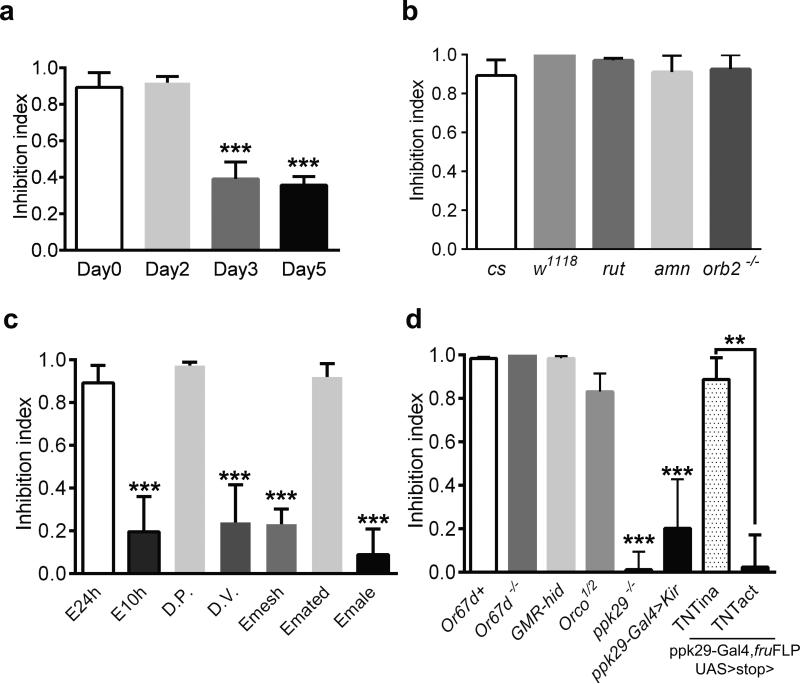Figure 2. Prior female-contacts dependent inhibition of aggression is long term and requires chemosensation through the pheromone sensing channel ppk29.
(a) The inhibitory effect of prior female experience on aggression lasted up to two days. The experienced (E) male flies were housed with females for 24 hours and were then separated from the females and reared for 0, 2, 3 or 5 days until behavior assay. (n = 11, 6, 7 and 5 for each manipulation). (b) Memory mutants had no defects in female experience induced inhibition. Inhibition index was comparable among cs, w1118, rut, amn and Orb2k/o flies. (n = 11, 6 ,4, 4 and 4 for each genotype). (c) Inhibition index for various conditioning paradigms. (n = 11, 6, 5, 6, 5, 5 and 7). (d) Inhibition of aggression by female experience was impaired specifically in mutants lacking ppk29. Compared to genotypes with defects in pheromone sensation, vision or olfaction, only ppk29–/–, ppk29-Gal4>Kir and ppk29-Gal4, fruFLP, UAS>stop>TNTact flies showed significant reduction of inhibition index (n = 5, 4, 4, 4, 6, 5, 5 and 5 for each genotype). Genotypes tested were as indicated. TNTina and TNTact denote the inactive and active forms of TNT transgenes respectively. (a-d) One-way ANOVA followed by Bonferroni's multiple comparison test. (d, last two genotypes) Student's t-test. p = 0.0013 (**). **: p<0.01, ***: p<0.001. Error bars denote s.e.m.

